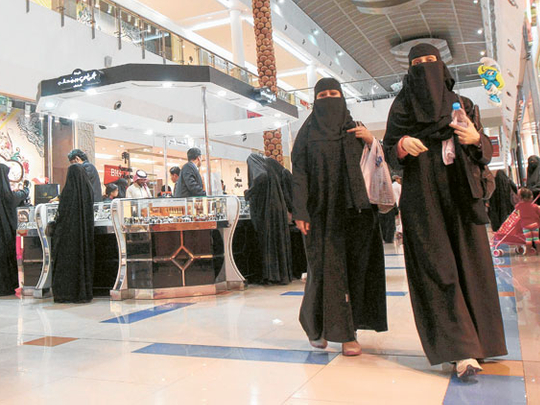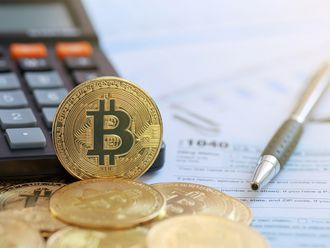
Plenty of evidence points to the phenomenon enjoying exceptional times, as evidenced by posted surpluses notably with regards to budgetary and trade accounts.
Fortunately, the authorities have opted to use part of the budgetary surpluses towards the balance of payments in order to alleviate the debt problem.
Performance of fiscal year 2011 tells a great story about the magnitude of the Saudi economy on the one hand and the sheer size of the budgetary surplus. Actual revenues more than doubled from $144 billion (Dh528 billion) to $296 billion, in turn allowing for an increase in spending from $155 billion to $214 billion.
Two developments served the Saudi economy in this respect, namely firm oil prices and steady oil production. Reflecting an ultra conservative policy, Saudi authorities lack the habit of disclosing assumed oil prices despite the significance of the petroleum sector in the kingdom's economy.
Much to the benefit of the Saudi treasury, oil prices hovered around $100 per barrel in 2011. This fact together with extraordinary oil production had allowed for the sharp rise in revenues. It is an established fact that Saudi oil output exceeded 10 million barrels per day last year thanks to a sustained capacity of 12 million barrels per day.
Understandably, the Saudis have largely compensated the international oil market for the disruption of Libyan oil during the revolution in 2011. Still, the Saudis have promised to compensate the market for any disruption resulting from Western sanctions on Iranian oil.
Leading exporter
Saudi Arabia is the largest oil producer in the world after Russia, but the leading oil exporter, second to none. Unlike Saudi Arabia, a sizable proportion of Russian oil output is reserved for local consumption.
Rightly, the authorities had used part of the budgetary surplus to further reduce the public debt, which was not a burden anyway. Outstanding debt amounted to $44.5 billion or 10 per cent of gross domestic product (GDP) in 2010 to just above $36 billion, thus as low as 6.3 per cent of 2011 GDP.
This debt level is an exceptionally comfortable one by virtue of falling considerably short of a key requirement of the Gulf Monetary Union (GMU), a project that went into effect at the start of 2010.
Only four of the six-nation grouping of the Gulf Cooperation Council (GCC) are members of GMU. The scheme stipulates that total public sector debt should not exceed more than 70 per cent of GDP.
Other than fiscal results, surplus of payments increased substantially from $66.7 billion in 2010 to $159.5 billion on the back of a combination of strong oil prices and output. This partly explains the fact behind Saudi Arabia posting a $33.6 billion surplus with the US in 2011. By contrast, the Saudi side enjoyed a surplus of $19.9 billion in its trading with the US in 2010.
In addition, reflecting developments in the oil sector, Saudi Arabia's GDP grew by a hefty 28 per cent to $577 billion in 2011. Certainly, the size of the Saudi economy is second to none in the Arab World.
Yet, on a negative note, the well-being of the Saudi economy has become only more dependent on developments in the oil sector. To be sure, the petroleum sector boasts three quarters of both treasury income and exports and more than one third of GDP.
The challenge focuses on using the extra oil proceeds to diversify the economy away from the petroleum sector. This is unique while the authorities seek to find suitable employment opportunities for locals, especially females who make up the majority of jobless. The unemployment rate amongst locals actively seeking employment is anywhere between 8 and 10 per cent, something that is not dangerous but not sustainable.
The writer is a Member of Parliament in Bahrain.












